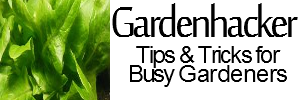Japanese Knotweed (Fallopia japonica, syn. Polygonum cuspidatum, Reynoutria japonica) is a large, herbaceous perennial plant, native to eastern Asia in Japan, China and Korea. In North America and Europe the species is very successful and has been classified as an invasive species in several countries. – from wikipedia.com
We have this plant nearby. It is often found on the roadsides and is cut down regularly, only to grow again. Difficult to remove, Japanese Knotweed propagates by sending it’s roots (rhizomes) out far and wide. So far, only herbicides seem to kill it completely, and this is often sprayed when it is close to it’s flowering stage in the late summer and early autumn.
Uses:
Bee keepers tend to like this plant, according to wikipedia.com, with it’s nectar creating a mild honey similar to buckwheat honey. It is also used medicinally and when young can be eaten, though its effects are similar to rhubarb, thanks in part to the presence of oxalic acid (also found in sorrel and some species of spinach).









Leave a Reply